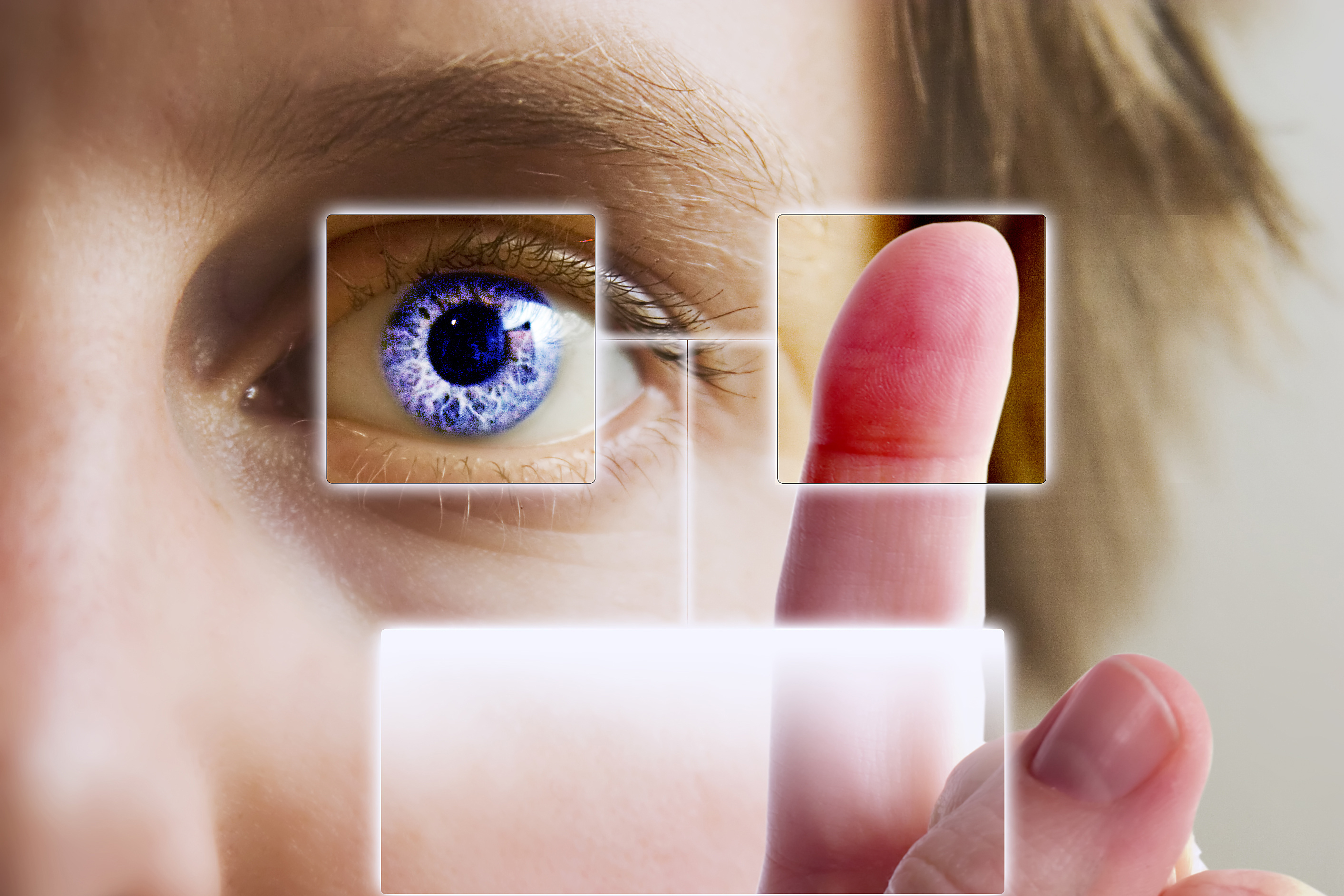SAP shows off enterprise ‘augmented reality’
In the future employees could be 'wearing' devices that display the information they need while they work.

Enterprise IT vendor SAP has revealed how it is testing augmented reality' in the workplace, meaning that employees could wear' devices to help them with their tasks.
Augmented reality is where the virtual is blurred with real-world environments. More consumer-focused vendors have already shown off examples of this, such as with Nokia's Point & Find where users access information on the internet by pointing a camera phone at a physical object.
SAP is testing its own version of the technology at the automobile company Daimler, with employees using headsets to make their jobs easier.
It has focused on pickers' who have to choose the right part for an engine. They would usually need to refer to documents as they sought out the right parts, as picking the wrong part from a wrong box means extra work in building the engine.
However, with an augmented reality headset all the required information is available through an attached display. In front of their eyes, the picker can see graphics that show the parts needed, as well as where they can find them.
Giuseppe Salvaggio, picker at Daimler, was one of the first people testing out one of these devices.
Salvaggio believed that the headsets could stand the rigours of a tough industrial environment. "Your hands are free. You have a better grip on the bigger parts, and all in all you can work better," he said.
Get the ITPro daily newsletter
Sign up today and you will receive a free copy of our Future Focus 2025 report - the leading guidance on AI, cybersecurity and other IT challenges as per 700+ senior executives
"You don't have to keep your concentration up all the time and you can rely on it. Perfect," he said.
The technology is in very early stages, with Salvaggio's use of the headset being called a "dry run". However, in a couple of months there will be a large-scale study with other pickers.
SAP said there was a still a lot of work needed with this type of wearable IT, and researchers were trying to make the headsets more suitable for an industrial environment.
The software delivery also needed to be integrated into to the headset, and there was work on trying to make everything smaller so the employee using it was not weighed down with it - perhaps by attaching bits of it to a belt.
-
 Should AI PCs be part of your next hardware refresh?
Should AI PCs be part of your next hardware refresh?AI PCs are fast becoming a business staple and a surefire way to future-proof your business
By Bobby Hellard Published
-
 Westcon-Comstor and Vectra AI launch brace of new channel initiatives
Westcon-Comstor and Vectra AI launch brace of new channel initiativesNews Westcon-Comstor and Vectra AI have announced the launch of two new channel growth initiatives focused on the managed security service provider (MSSP) space and AWS Marketplace.
By Daniel Todd Published
-
 SAP and Google Cloud unveil new open data offering
SAP and Google Cloud unveil new open data offeringNews The expanded partnership aims to help “break down barriers” between disparate systems and enable enterprises to view their entire data estates in real time
By Daniel Todd Published
-
 Can you benefit from running your SAP HANA platform on IBM Power Systems?
Can you benefit from running your SAP HANA platform on IBM Power Systems?Whitepaper Top challenges and benefits of SAP HANA
By ITPro Published
-
 Inside IBM & SAP's cloud tie-up
Inside IBM & SAP's cloud tie-upIn-depth SAP will host its enterprise applications on IBM's cloud, for the benefit of both firms and their customers
By Stephen Pritchard Published
-
 HP teams with SAP to launch Kraken in-memory big data system
HP teams with SAP to launch Kraken in-memory big data systemNews Tech giants to harness 16 processors and 12TB to crunch through big data.
By Rene Millman Published
-
 IBM IOD 2011: Colgate reaps rewards of DB2 implementation
IBM IOD 2011: Colgate reaps rewards of DB2 implementationNews SAP on DB2 means Colgate can re-invest savings back into the business, the company revealed at IBM's Information on Demand (IOD) conference in Las Vegas.
By Maggie Holland Published
-
 The business challenge of big data
The business challenge of big dataIn-depth Jennifer Scott looks at why companies should embrace big data rather than run for the hills.
By Jennifer Scott Published
-
 SAP and IBM competing for Sage
SAP and IBM competing for SageNews The UK company, famed for its accounting software, is rumoured to be the object of both IBM’s and SAP’s desires in what could turn into this year’s acquisition battle.
By Jennifer Scott Published
-
 Week in Review: Tech City and Google guilt
Week in Review: Tech City and Google guiltNews This week, David Cameron announced plans to turn the East End of London into a Silicon Valley rival and Google was told off by the ICO.
By Jennifer Scott Published